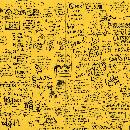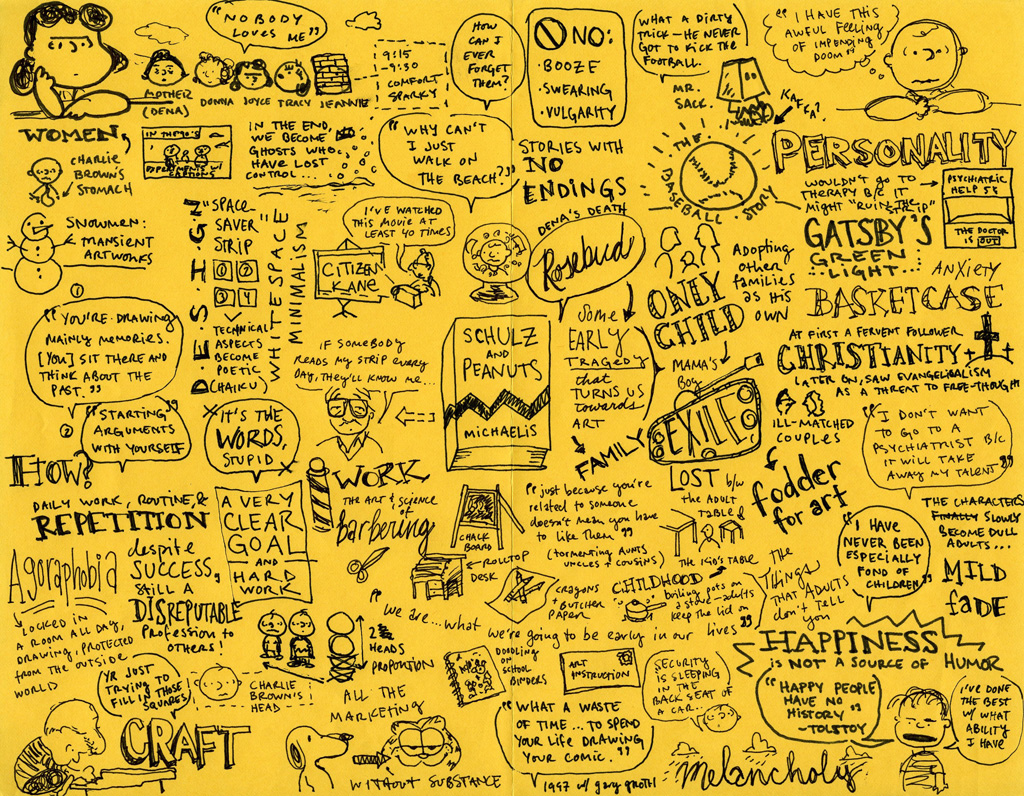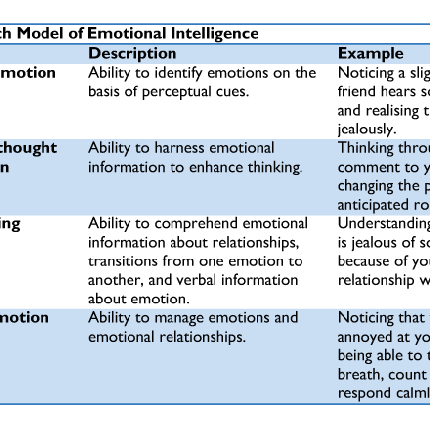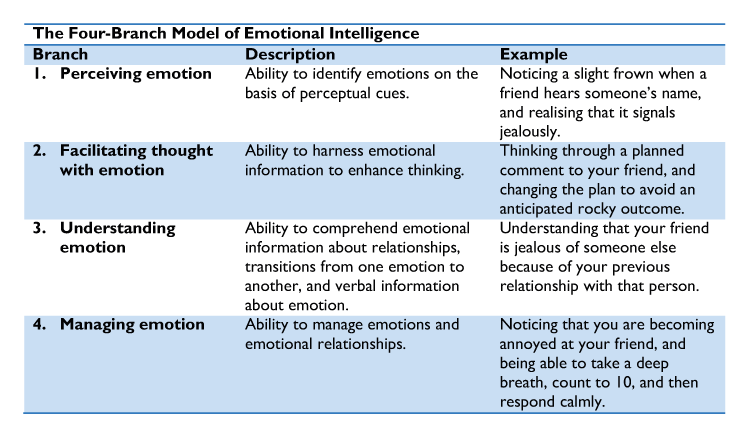
|
Archive - Exams: Preparing and Revising |
Active learning
Use a variety of study techniques to keep study interesting and help you learn the material better. Instead of passively reading your notes, take a more active approach to learning.
Past exams
Practise past exam questions under timed conditions. You may find additional questions at the end of chapters in your textbook or on PeerWise. You can also turn learning outcomes into questions.
Answering questions can also help you identify gaps in your knowledge.
If you type more than you write, practising will also help improve the quality of your writing and length of time you can write for.

 Construct your own exam paper
Construct your own exam paper
1. Study the questions from past papers
- Format/structure of paper
- Sections
- Number of questions
- Compulsory questions
- Time allocation
2. Predict exam questions
- What type of questions were examined in the past three to five years?
- What did the lecturer say about the exams in the last few lectures?
3. Construct your own paper
Following the format of the most recent papers, construct your own exam by selecting questions from the past three years, which you think are most likely to come out in the exam.
4. Practise answering your own paper under examination conditions.
5. Were there any questions you found difficult to answer? Go back to your notes and revise this material.
Flashcards
Flashcards are a great way to test your knowledge and anticipate questions. You can write a word or phrase or draw a picture on one side and write the definition or description on the other side.
You can do this the “old fashioned way” using index cards or try out online programs or apps. Sites like Quizlet and StudyBlue allow you to create flashcards and review them online or on your phone giving you a mobile set of flashcards that you can study any time e.g. waiting for the bus, for a lecture to start.
 Create a set of flashcards
Create a set of flashcards
Start now. Create a set of flashcards on paper or online. After each lecture note the definitions of new words that you learned during that session. Write the definition in your own words to reinforce the material as you learn it and remember to review your flashcards regularly.
Mind-maps
Mind-maps are useful for sketching out ideas and linking related concepts. Ideas branch out from a central theme. Include pictures and use colours, shapes and lines to show relationships.
Mind-mapping is a good exercise to identify gaps in your knowledge and questions you may have about a topic. It is also a good way to summarise and test yourself on the material you have been studying.
You can use mind-maps to sketch out ideas for essay questions and organise material before you start writing.
Example mind-map
|
How to mind-map
Youtube url https://www.youtube.com/watch?v=Xfx4PIg0rpI |
 Show play log
Show play log
 Mind-map summary
Mind-map summary
Pick a recent topic from your course. Get a piece of paper or use a computer program and create a mind-map of this lecture. Use colours shapes and pictures. Now you have some notes all ready to go for exam time.
Diagrams
Do you like images and visualising information as pictures? Include pictures in your notes or create your own diagrams from the information provided in lectures.
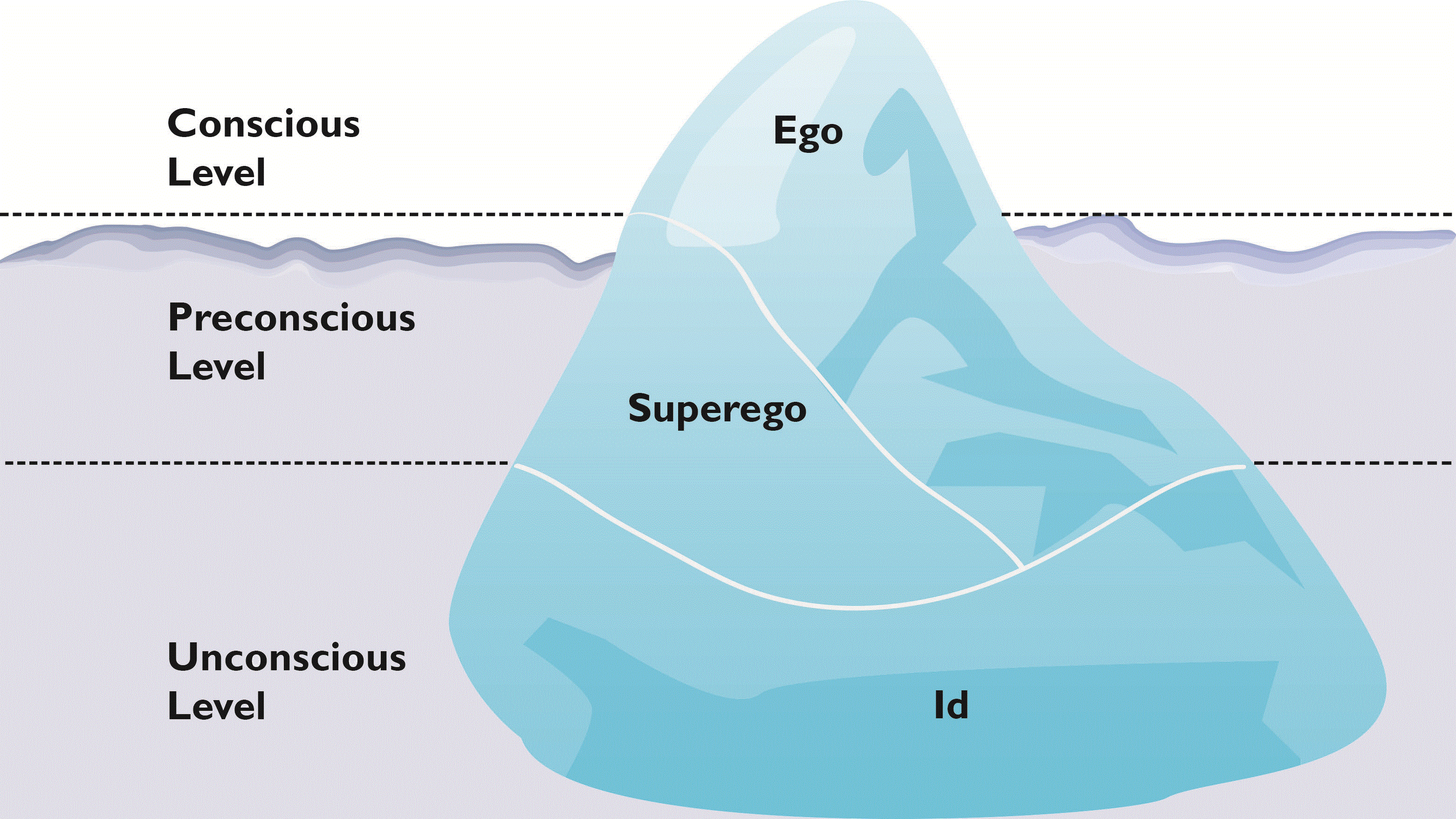
| Example of a diagram to describe a concept – “Freud’s View of Personality Structure.” Figure adapted from Rosenberg (2006). |
 Think like the examiner
Think like the examiner
Based on the diagram (left), think of a short answer question worth 3 marks (out of a total of 100 marks).
 Try it
Try it
Have a look at your notes or your textbook. Are there any diagrams that help you understand or remember a concept? Or can you create your own diagram to summarise a set of ideas? Add these to your study notes.
Tables
Tables are a good way to summarise and present information in a logical format (see the templates below). Have a look in your notes and textbooks for tables that might be useful study tools, or better yet, create your own.
 Think like the examiner
Think like the examiner
If you were the examiner, what kind of short answer question(s) could you write based on the table (right)? Write down a possible short answer question worth (a) 2 marks and (b) 6 marks (out of a total 100).
Worksheets
 Try it
Try it
Below are a series of attachments with different types of tables. Have a look through your course material. Is there information that is already in a table or could be presented as a table? Cover up a column of the table and test your recall.
Teach it
A great way to work out if you have understood a topic or concept is to explain it to someone else (a friend, parent, sibling, or the cat). If this is difficult, then go back to your notes, textbooks or discussion boards.
You may want to form a study group. Using Group Projects Effectively [from Carnegie Mellon University].

 Try it
Try it
Think of something you learnt recently. How would you explain this knowledge to someone else? What examples would you use to help them understand? Is there a diagram you could use to help explain this concept?
Find a friend or relative who knows little about the subject you are studying. Test out your explanation on them. How much did they understand?


